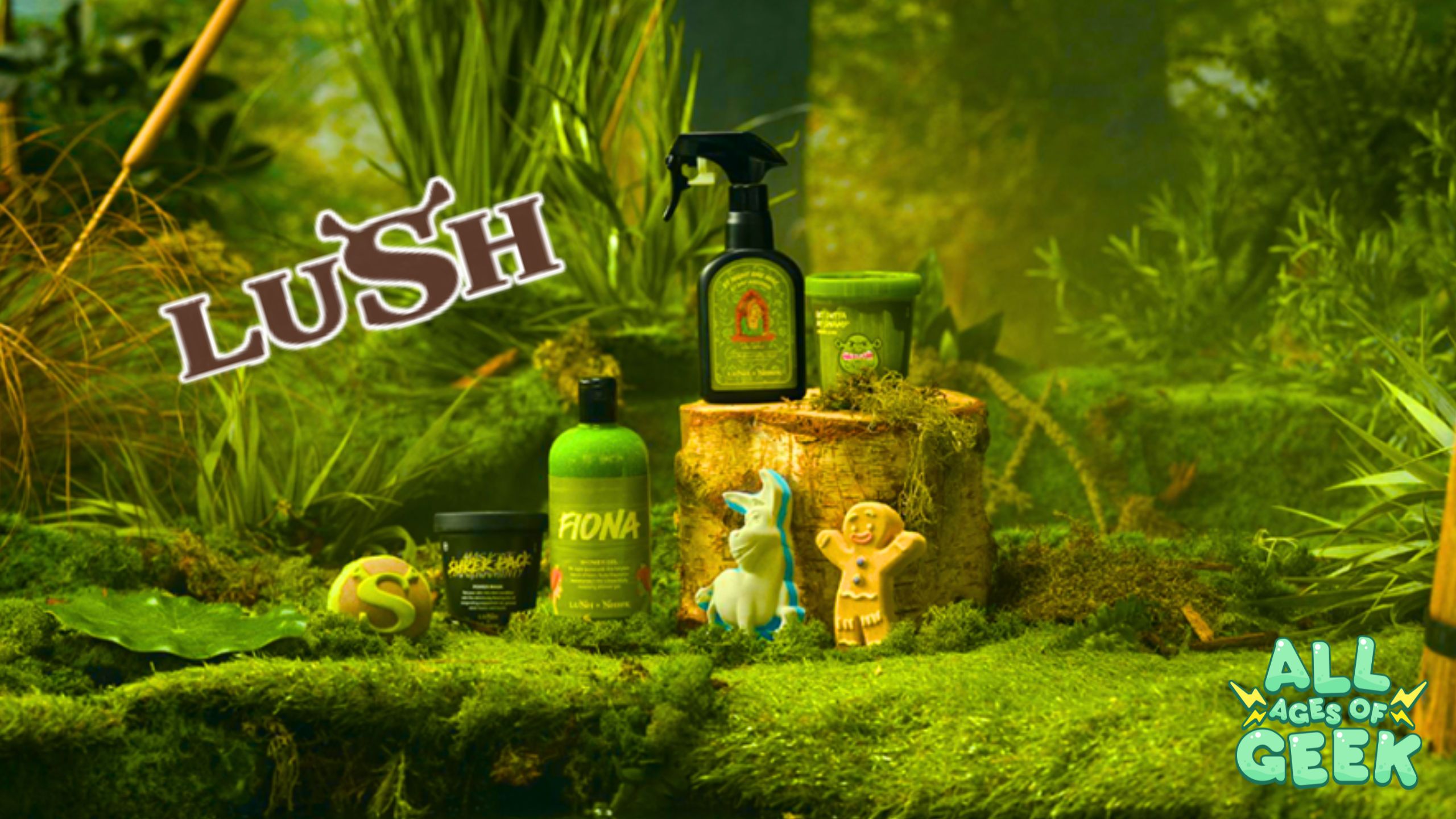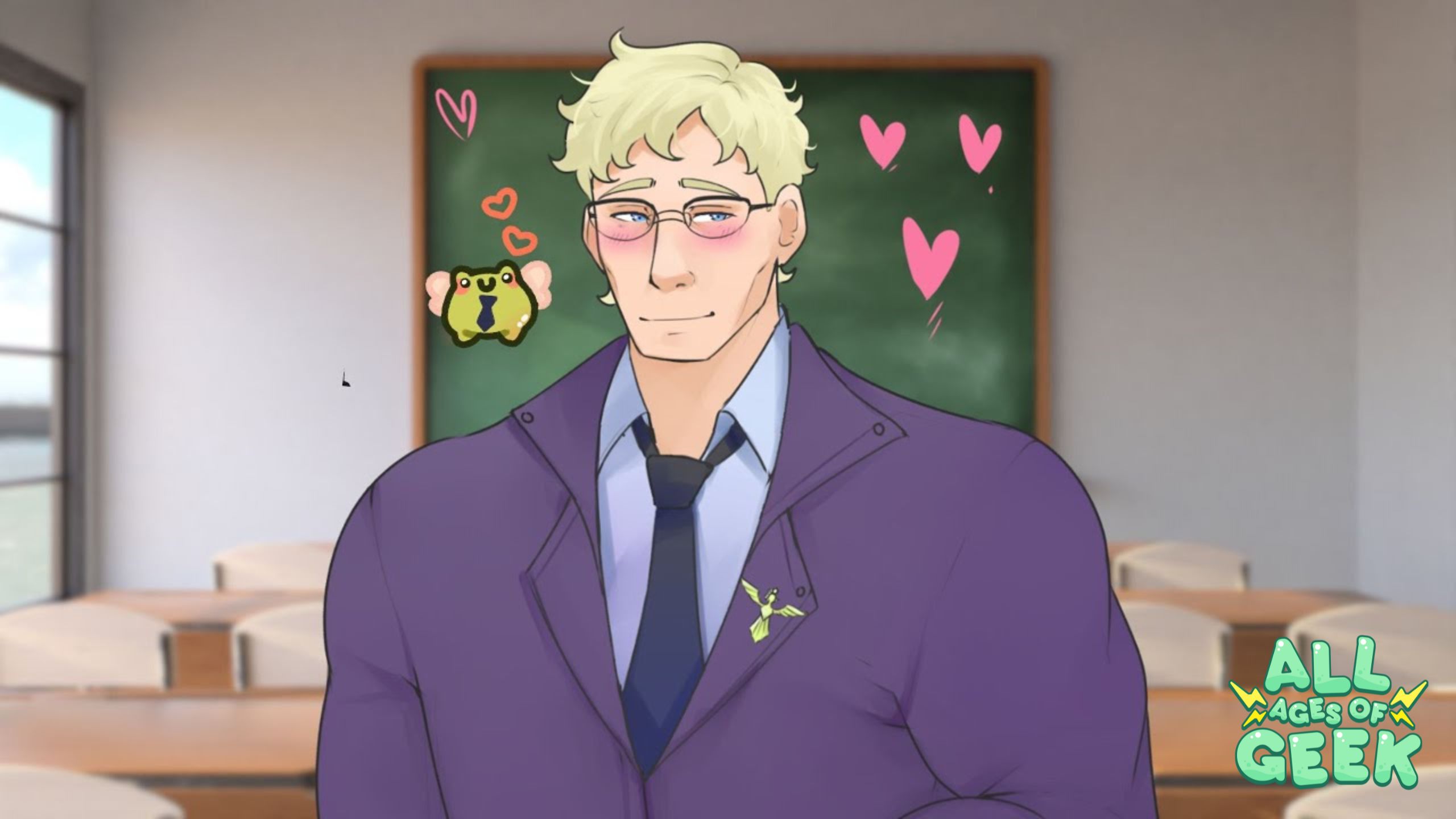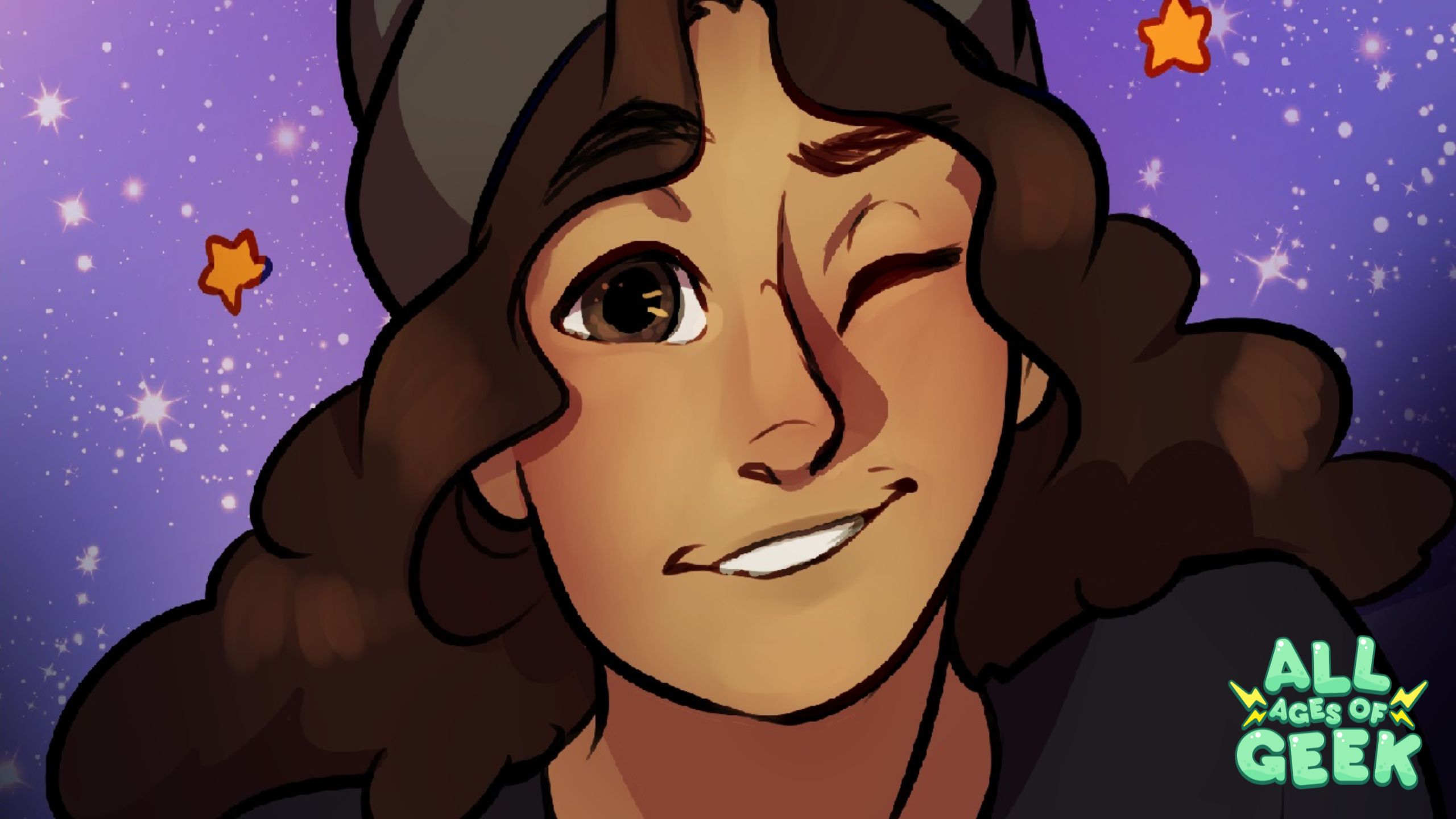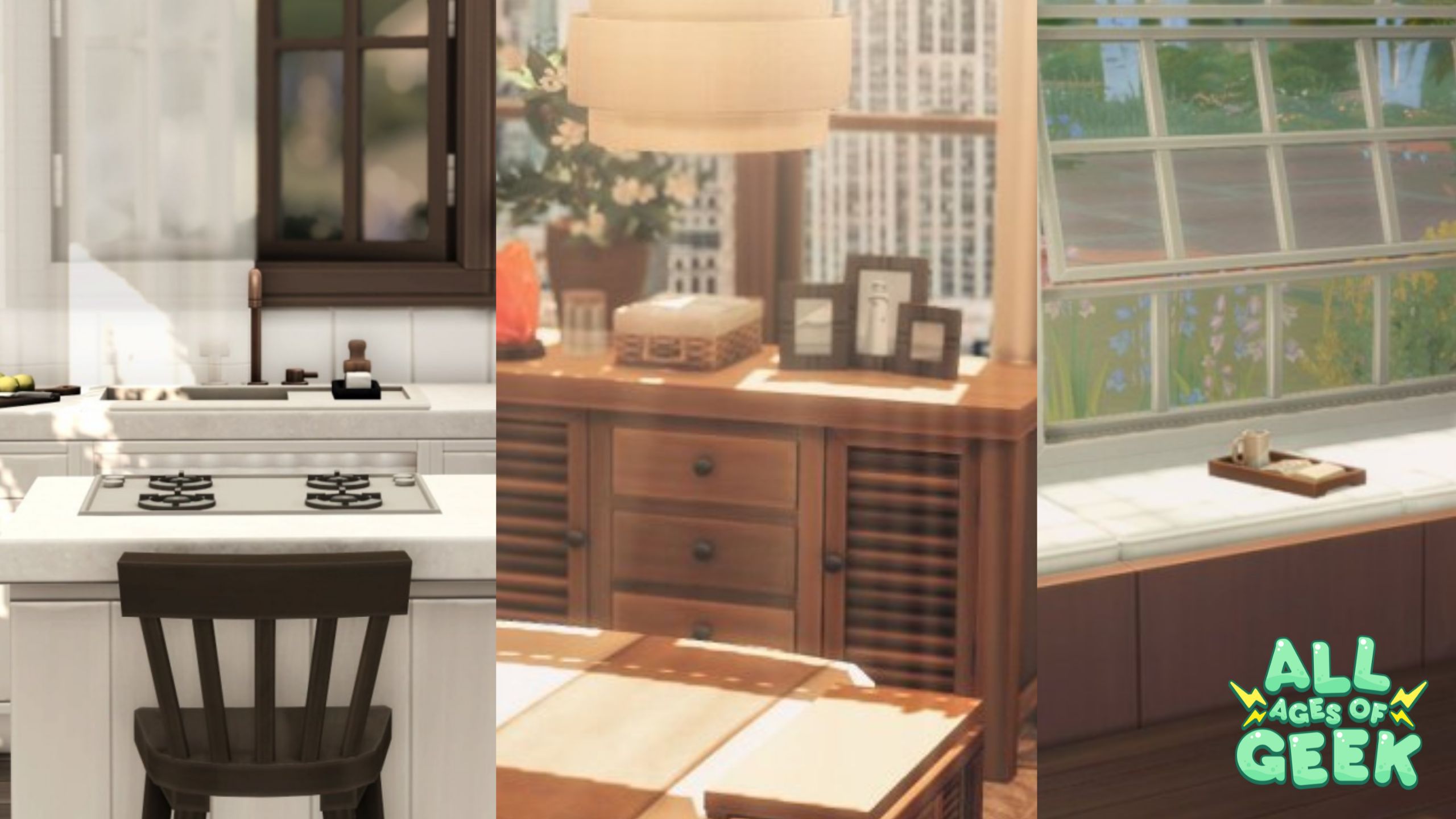Highschool of The Dead is Studio Madhouse’s 2010 entry into the zombie survival meta. Directed by Tetsurō Araki, previously of Black Lagoon, who’d later go on to helm hugely celebrated anime, Attack on Titan.

The 12-episode run follows Takashi and his peers as they narrowly escape a zombie outbreak at their high school, and attempt to survive their greater surroundings — swarming with undead. I was re-introduced to this show only recently, in my data structure and algorithm class. Our professor totally mugged off, and one of my classmates started playing HoTD on a projector. We were collectively in awe of the unrelenting absurdity of this show.
Sure, I love symbolic, meaty (unfortunate wording) works, where I can self-indulge in pseudo-critical analysis and occasionally witty takes. I love my Satoshi Kon cultural commentaries, but I also love my vapid, goofy, action romps. Highschool of The Dead, though, is a special kind of vacuousnessnessness.


Zombie flicks are usually larger commentaries on contemporary societal issues and systemic failures, for example, Romero’s pointed statements on capitalism, consumerism, and racism. At the very least, most zombie apocalypses are a backdrop for compelling character pieces, featuring dramatic arcs that confront audiences with the moral gray. But not Highschool of The Dead, oh, no.
This anime is all bombastic, bloody action. Between Busujima, the Kendo Club captain, using her skills to free noggins from necks, or chubby Otaku, Hirano, taking the position as the group’s most competent marksman. Its a power fantasy through and through. The trope of outcast kids banding together to outlast some hellish threat is the foundation for our core cast. Takashi, the group’s leader, is a sadboy. Saya Takagi is the scholarly tsundere. Rei is set-up as a damsel in distress figure. It’s the usual suspects, all tired, seemingly, obligatory squad members.
Tropey characters and mindless zombgore in B-movie-meta-packaging is not intrinsically offensive. Where HoTD wholly confuses and loses me is in the “fan-service,” which in this case should really be considered “fan-harassment.” There are so many off-putting panty shots, and all the women in the show are gelatinous — their breasts jiggling in full defiance of any lawful physics.

Anime often oversexualizes it’s cast, but I’ve never seen such a blatant try-hard attempt at undercutting any moments of tension, meaningful character development or violence, with boobies. There is a scene in the first episode where zombies devour a high school girl, and the camera cuts to her skirt flipped up, panties exposed. So unnecessary. What does this shot achieve? Why are you trying to make high schoolers or cannibalism sexy? Tonally bizarre. Highly questionable. It’s these moments that are the driving factor in the show’s absurdity. So much of the framing and composition centers on the female cast-members’ chests. It’s genuinely so uncomfortable and has no contextual basis.
Two years after HoTD’s run, Suda51 (Killer7, No More Heroes) released Lollipop Chainsaw, a video game written by James Gunn (Guardians of The Galaxy, Super). It’s similarly over-the-top but far more self-aware. It’s not a well-received title, though, it points out some things HoTD could have done to be a more harmonious work.
For one, dialogue and characters’ reactions to their scenarios should’ve committed more to the bit, and played for comedy. As is, the cuts and juxtaposing of scenes that play silly, but are trying to convey legitimate trauma only create discordance. Secondly, the grit could’ve been toned back a fair amount. The color palette is too bleak, leaning towards realism, which contrasts too heavily with the show’s lack of any real perspective or commentary.











One Response
I watched this show over and over again in 2013. Fond memories. 🙂